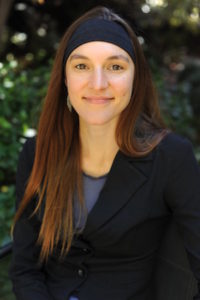Working With and Learning From Nature
The Lentil Underground: Dr. Liz Carlisle

Episode 132: Can planting lentils be a radical act? Yes, if you live in a small conservative farming town in Montana, circa 1976. That was the year David Oien moved back to his family’s farm and planted a crop of lentils. This marked the beginning of the Lentil Underground, a group of farmers who created a new way of doing business both on the farm and in their community.
It wasn’t always easy. Planting lentils in a county known for wheat created waves and they weren’t amber waves of grain. But, what disapproving, wheat-loving onlookers didn’t know, was that the short, squat lentil plant is the “Robin Hood” of the plant world. A Nitrogen fixer, it creates fertilizer and increases soil health by sequestering Nitrogen out of the atmosphere and putting it in the soil in a plant available form. This fixing of Nitrogen is a valuable service to farmers and to plant and soil life.
In this interview with author, teacher, and lecturer Dr. Liz Carlisle, we learn what happened when a group of farmers shifted from industrial agriculture to a more ecological farming method. This transition from a “farming up” to a “farming down” model, with a goal of regenerating soil health, is the story of the Lentil Underground. It’s also a story about community, agricultural policies, and our food system.
Dr. Liz Carlisle is the author of the book Lentil Underground. Liz is a Lecturer in Food Systems at the University of California, Berkeley and in the Thinking Matters program at Stanford University. She holds a Ph.D. in Geography, from UC Berkeley, and a B.A. from Harvard University.
You can buy lentils and other products from the farmers mentioned in this interview by visiting their company Timeless Food.
Podcast: Play in new window | Download (Duration: 46:01 — 31.6MB) | Embed